Article: Overclocking the Intel® Celeron® D 326 Processor (64bit on the cheap)
Many thanks to Intel® for providing the processor.
IV. Overclocking

Overclocking Goal
Before I overclock this processor, I already set a personal goal. Everytime I embark on
overclocking, I make it a point to jot down a realistic goal based on what I have so.
The reasoning is simple, it's always easy to lose track and get frustrated with overclocking
if the expectation is unreasonable. So for nitty gritty, below are the various goals that I
plan to achieve. I consider them neither conservative or agressive and within the boundaries
of the core of the CPU I am testing.
- Rock Stable (Either of the listed):
- Clock Frequency: 3.6GHz
- Front Side Bus: 177MHz (708MHz QPB)
- Suicide Shot (Either of the listed):
- Clock Frequency: N/A
- Front Side Bus: N/A
Suicide Shot : is the state where system can not work normally, and is alreay at the brink of crashing, where a slight opening of application can cause the system to full instability. This is important since I will only be using a stock fan, and stock voltage, the tweakers will have an idea of how much MHz the processor can still handle when given a proper cooling and voltage loving adjustment. However, at this point in time, I figure that since this is geared for budget segment overclocking, and to reduce cost, more exotic aftermarket cooling will not be an option anymore. Keeping the cost to nominal amount, only the stock HSF will be used.
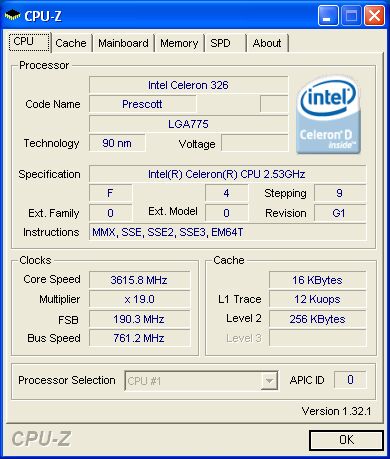
It didn't take long to push this processor to its limit because of the superb overlocking stability that the Intel® D975XBX offered. I was able to hit a high overclock of 3.61GHz which is more than one whole GHz of overclock from the nominal clock speed. This overclock is purely on air, on stock voltage without any modification or magical changes on the BIOS except for those already mentioned. For those who might want to push this processor even more by purchasing a pricey aftermarket hsf, this is still ok, but my experience with this processor tells me that it is not needed.

All benchmarks ran without problems on this high overclock. The processor is able to handle this speed for an overnight of benchmark galore, putting the strain of 100% load for over 10hours of torture testing. There was no throttling reported by the monitoring software. Temperature at idle hovers at 38C, while shoots to as high as 49c and the fan is still very silent. Unless there is a plan to use an aftermarket hsf for future CPU upgrade, I highly discourage getting a better fan than the stock fan.
Rock Stable
: CPU-Z Validation (N/A)
Suicide Shot
: CPU-Z Validation (N/A)
Intel® Celeron® D 326 2.53GHz/133MHz@3.61GHz/190MHz
PCMark02
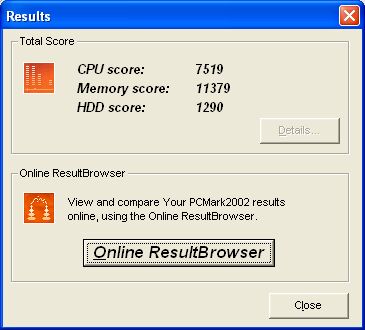
PCMark04
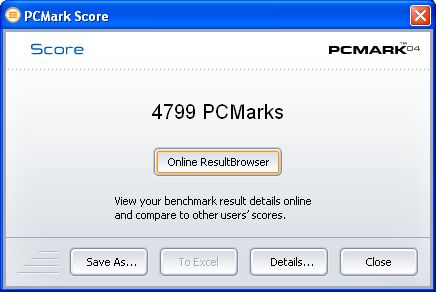
PCMark05
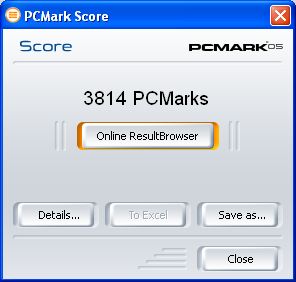
Sandra-CPU
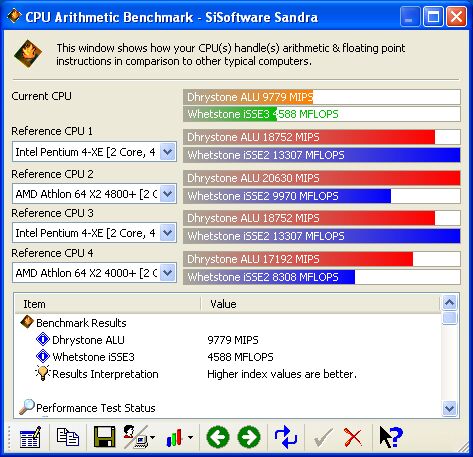
Sandra-Multimedia
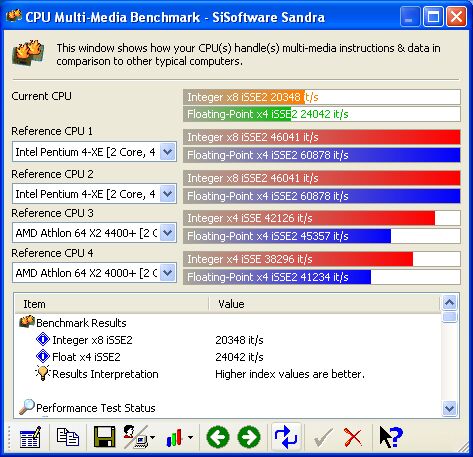
Sandra-RAM Bandwidth
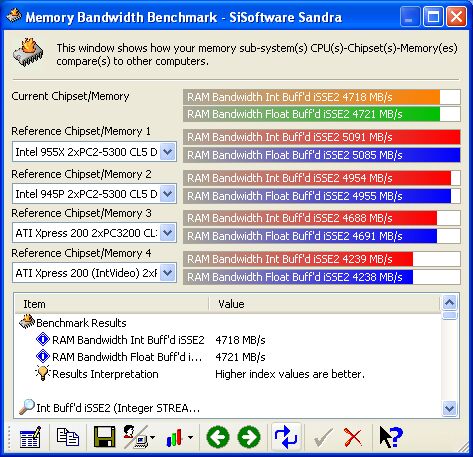
::3D Test::
3DMark01SE
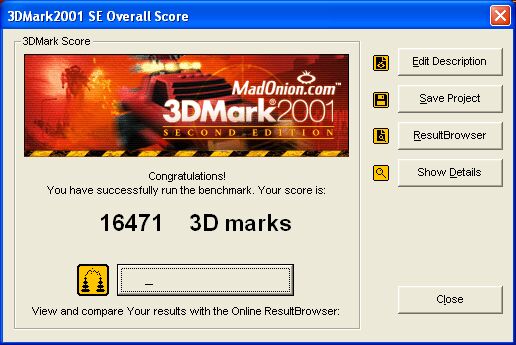
3DMark03
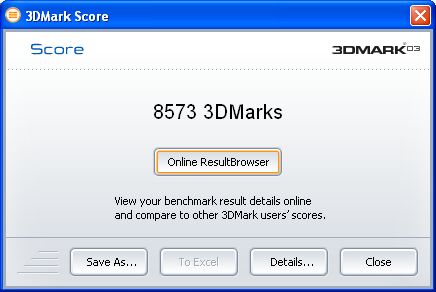
3DMark05
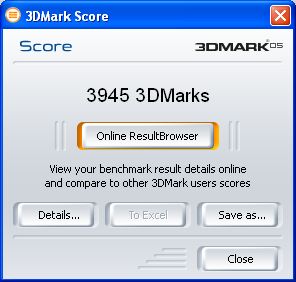
The overclock certainly provide a huge performance increase and has scaled thru all the CPU-intensive benchmarks such as the PCMark line up and Sandra test results with PCMark02 showing the most improvement due to the fact that the processor is a single core one and not optimized for multi-threading. Even PCMark04 results shows that the processor's capability has increased tremendously.
In gaming, 3DMark01 shows results similar to the increase in performance shown by PCMark02. However, 3DMark03 and 3DMark05 didn't increase much since this is mostly GPU driven.